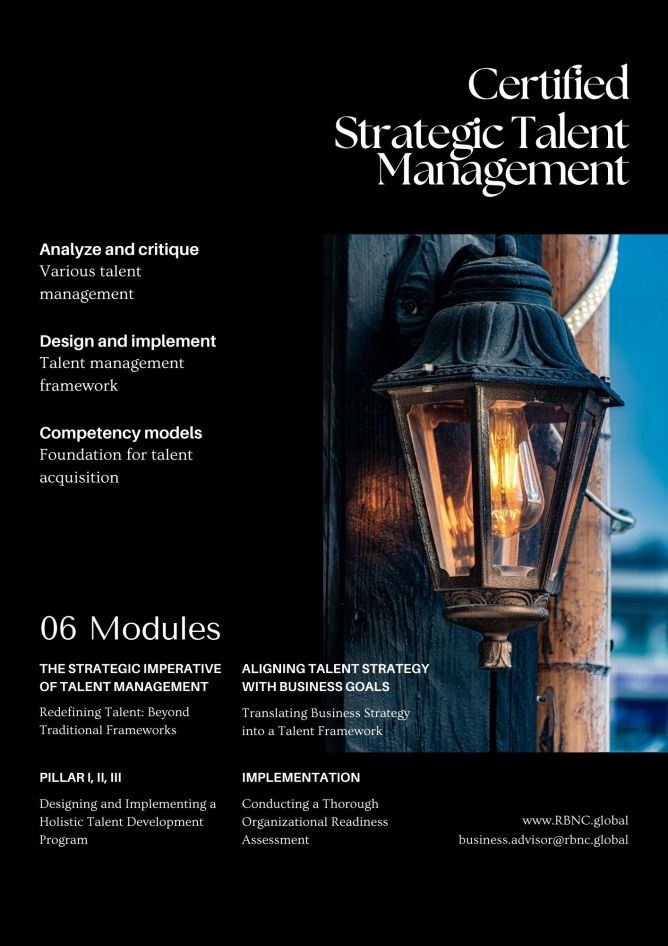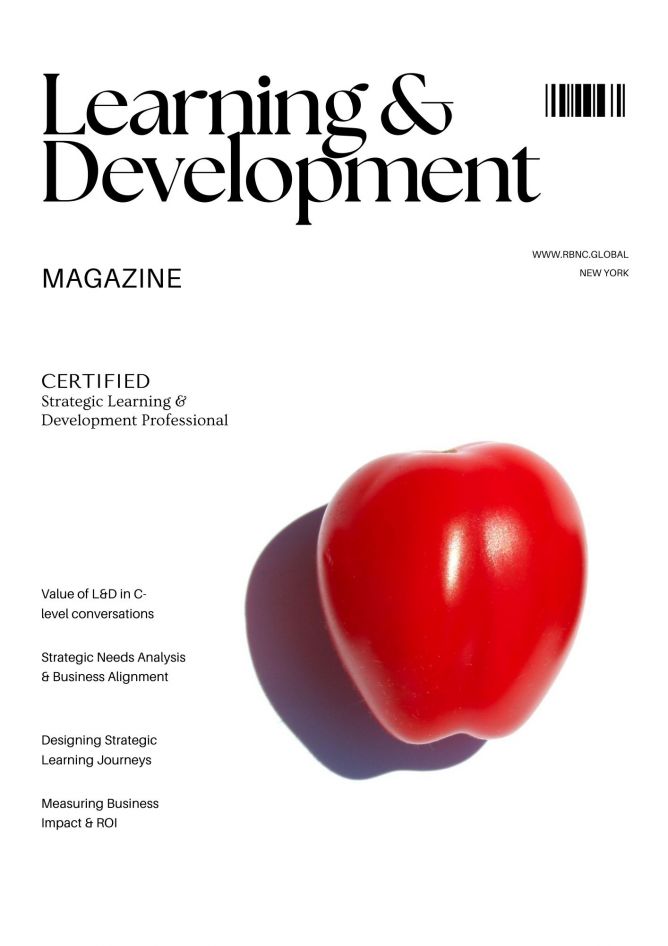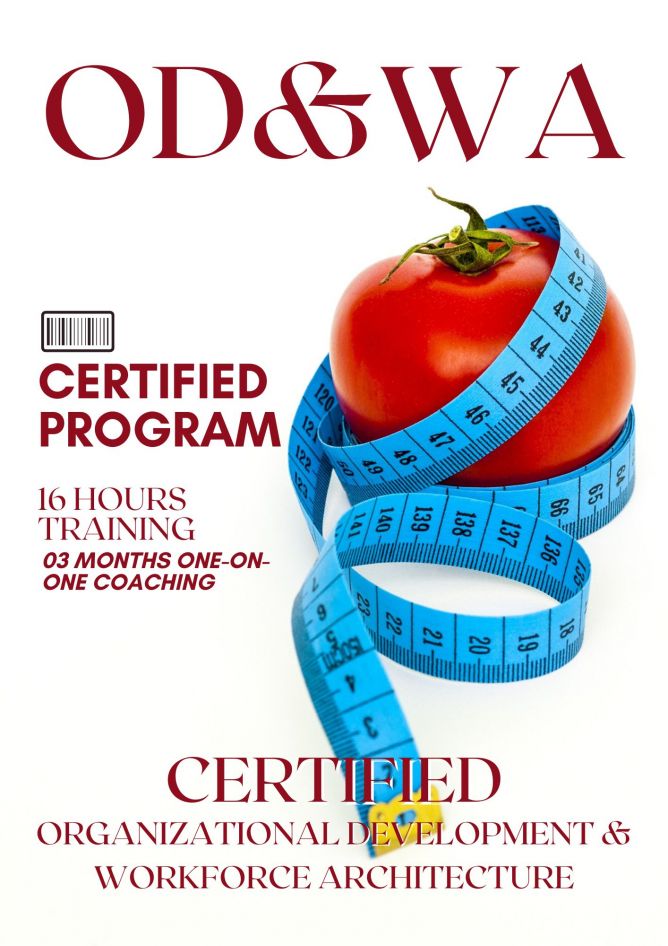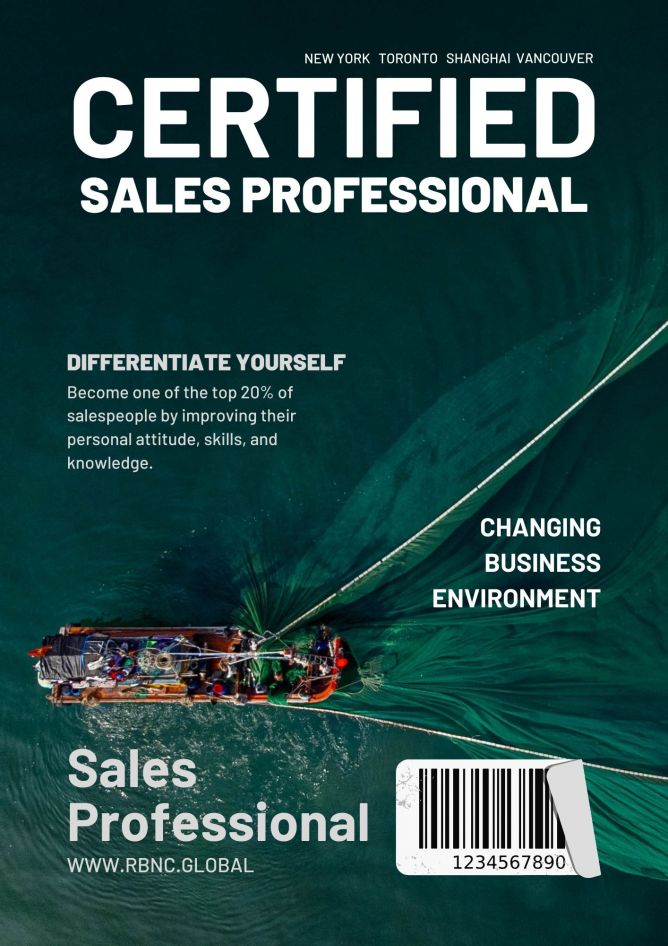Certified Strategy Professional
Introduction
A business strategy is essential for guiding an organization toward its long-term goals while adapting to market changes and competition. It provides a clear vision, defines priorities, and ensures efficient resource allocation. A well-crafted strategy aligns operations, marketing, sales, and finance to drive sustainable growth and profitability. It helps businesses identify opportunities, mitigate risks, and maintain a competitive edge. By setting measurable objectives and continuously evaluating performance, organizations can stay agile and responsive to industry trends. Without a solid business strategy, companies risk misalignment, inefficiency, and missed opportunities, ultimately jeopardizing long-term success and stability.
This training program is designed to include:
- 16 hours of training
- 03 months of one-on-one coaching
How you will benefit
- Explore essential key managerial components for planning and executing a strategy.
- Identify and build company competencies, capabilities and resource strengths.
- Examine and evaluate company best practices to strive for continuous improvement.
- Understand how to tie rewards and incentives directly to the achievement of strategic goals.
- Explore corporate cultures that promote good strategy execution.
- Control and manage resistance to strategy implementation
Who should attend
All levels of managers and company personnel who are involved in charting and supporting the execution of the company plans to achieve its strategic goals and objectives. Successful candidates on this program will be awarded RBNC’s Professional Certificate.
What you will cover
- What Do we Mean By "Strategy"?
- Key Elements of a Successful Strategy
- Strategy and the Quest for Competitive Advantage
- Why Is Strategy Important?
- The Strategy Making/Strategy Execution Process
- The Company’s Strategy Making Hierarchy
- Corporate and Business Level Strategies
- Functional and Operational Level Strategies
- What Does Strategy Implementation Involve?
- The Components of a Company’s Macro-environment
- PEDSTL and the Five Forces Model of Competition
- Impact of Industry Forces on Strategy
- Common Types of Industry Driving Forces
- Key Factors for Competitive Success
- Competencies versus Core Competencies versus Distinctive Competencies
- Identifying Resource Weaknesses and Competitive Deficiencies
- Role of SWOT Analysis in Crafting a Better Strategy
- Lining Up your Resources behind the Drive for Good Strategy Execution
- Establishing and Instituting Policies and Procedures that Facilitate Strategy Execution
- Adopting Best Practices and Striving for Continuous Improvement
- Putting Together a Strong Management Team
- Building Core Competencies and Competitive Capabilities
- Matching your Organizational Structure to your Strategy
- Initiating a Corporate Culture that Promotes Good Strategy Execution
- Building Information and Operating Systems that Proficiently Support your Strategy
- Tying Rewards and Incentives to Strategy Execution
- Forces for Change
- The 10 Principles of Change
- Five Managerial Activities Essential to Managing Resistance to Change
- Coping with Change and Disruptions
- Elements of Change Enablement – Organizational and Individual Transition
Schedule









